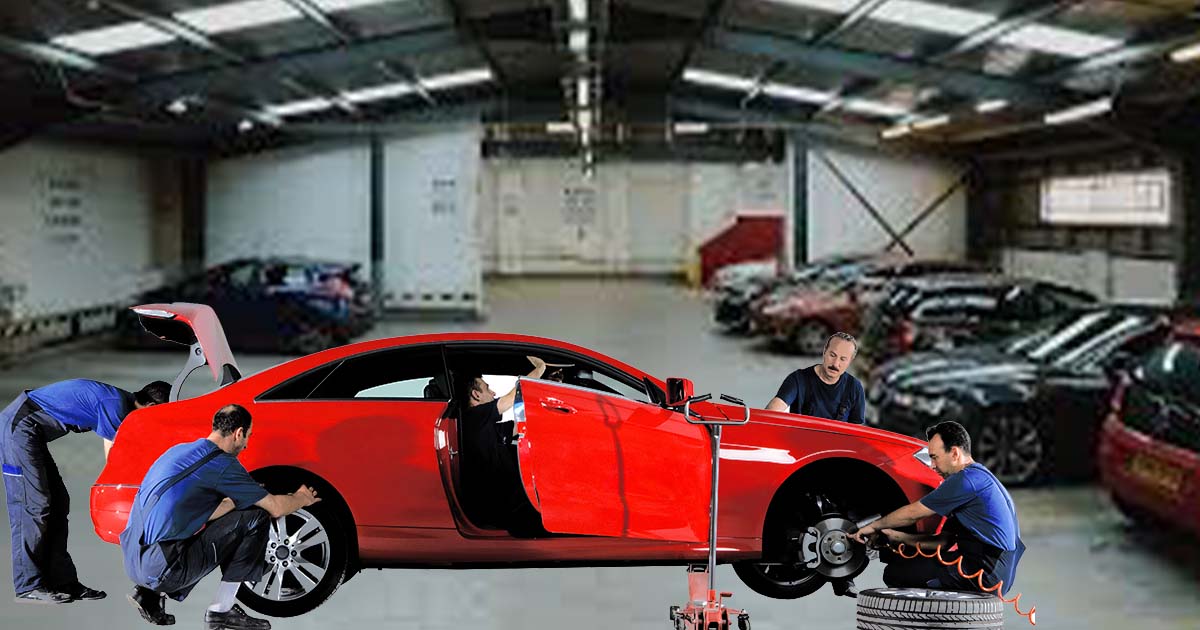The Best Car Body Maintenance Routine for Any Season:- The exterior of a car is not only skin-deep. It provides an outer barrier against harsh environmental factors.
Your car is subjected to the sun, rain, dirt and contaminants every day that attack the surface, paint and integrity of your vehicle. When left ignored, these elements may cause rust, fading, and even oxidation, which in turn can lower the car’s resale value and complexity of service, or even worse–kill the car altogether!
Maintaining the body of a car is also complicated by seasonal changes. The combined effect of moisture and road salt used during winter will hasten corrosion, and frequent washing and/or a coating is required to prevent it. With spring comes pollen, rain, and the remainder of winter trash that requires deep cleaning and re-waxing.
In summer, intense sunlight deteriorates the paint and plastic trim, and UV protection ants become one of the necessary needs. It is the time when the leaves are falling off the trees, and there is an increase in moisture, which leads to sap accumulation and watermarks that can cause paint damage during the fall.
Regardless of the season, periodic automotive maintenance makes sure that your form is prepared to continue. Regular wash, polish, and protection will enhance the look of the vehicle and rescue it from long-term ruin.
Essentially, using the right supplies, techniques, and maintenance to avoid higher potential damage costs and make your vehicle last.
In conclusion, maintaining the outside of your vehicle is more than just making it appear shiny and new. It’s about maintaining its worth and usability for many years.
A seasonal approach to car care allows you to protect your investment and maintain your car through every type of weather it could face.
Understanding the Effects of Different Seasons
Throughout the year, you can see your vehicle exposed to different challenges depending on the season, and depending on its exposure, it can create faster wear and tear on the body of your car. By identifying these risks, you can take measures to protect your car’s paint, finish, and overall integrity from damage.
Winter: These ingredients of winter, road salt, ice and freezing temperatures, wreak havoc on both paint and corrosion. Salt creates lovely little crystals, and if you leave it unattended, it starts eating the metal. The worst place for that to happen is underneath the vehicle, where you see all the rust that can be found.
Spring season: Well, pollen, rain and remaining winter gunk combine to leave a residue layer that detracts from how your car looks. This extra moisture also means that rust spots can start to form sooner if not treated.
Summer: Fading, oxidization and superficial coat damage through heat and prolonged exposure to the sun. The sun’s UV rays peel away layers of paint protection, giving way to an increasingly frayed and faded appearance.
Autumn: Avoiding the potential for fallen leaves, tree sap, and increased moisture retention not only makes washing your car a hassle but can also cause staining and promote rust. Loosely stuck organic debris can trap moisture against the surface, hastening degradation.
Knowing how seasonal conditions affect your vehicle allows you to develop a maintenance schedule to protect against long-term damage while ensuring your car stays in excellent exterior condition all year round.
Essential Tools and Products for Year-Round Car Maintenance
Whether it is summer or winter, you need to arm yourself with proper tools and good products in order to keep the exterior of your vehicle tidy. Regardless, using superior supplies will guarantee that your automotive paint and finish are effectively cleaned, protected, and preserved.
Microfiber wash mitts and towels — Minimize the likelihood of micro scratches and swirl marks, but always use a safe, non-streak finish.
pH-neutral – High cleaning capability, but without the wax or sealant stripping things that can dull your paint
Clay bars & iron removers – Aids in the removal of embedded contaminants, brake dust, and industrial fallout that standard washing misses.
Sealants and ceramic coatings: Provide permanent/deep protection from UV rays, road salt, and harsh environmental contaminants
Soft-bristle brushes – For gentle but deep cleaning in delicate areas such as grilles, wheels, and logos.
Waterless wash and quick detailer sprays – Ideal for light touch-ups between genuine washes, keeping your car fresh while on the go.
With the right tools in your box, you can combat whatever seasonal challenges may arise, keeping your vehicle clean and protected all year long.
The Right Washing Routine for Each Season
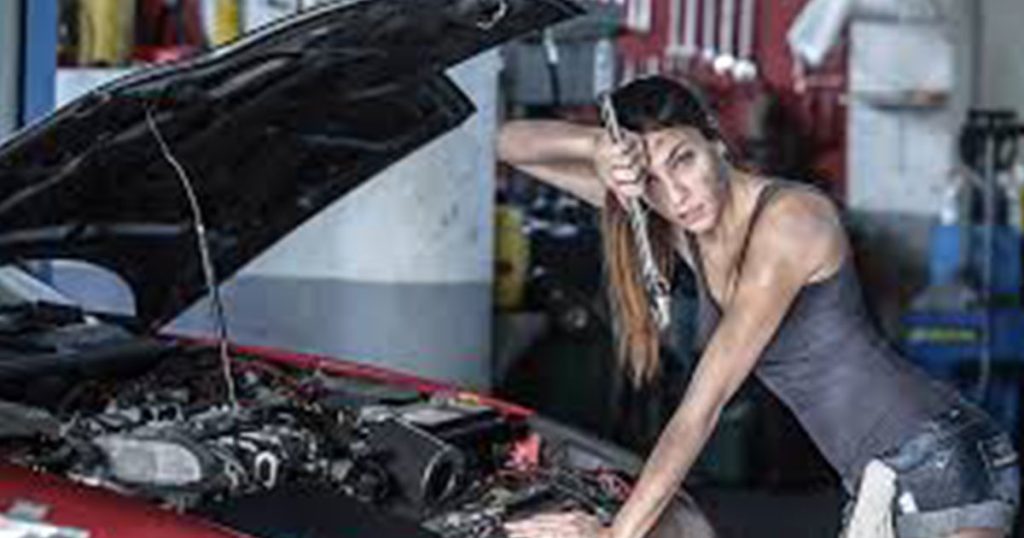
Washing is necessary in order to avoid the dirt, contaminants, and corrosive to ruin the paint of your car. Seasonal conditions can impact the way you wash your car, so adjusting your detailed routine accordingly will keep your finish looking perfect all year long.
Winter: Clean regularly to keep road salt and slush off the underbody and prevent corrosion. Warm water can wash in freezing temps, while a no-rinse wash solution is equally valid when it comes to care.
You can deep clean it to get rid of pollen, dirt, and any remaining traces of winter in the spring. Use a clay bar shine off the surface to extract embedded contaminants.
Summer: We try to wash in the morning or evening. Otherwise, vehicles dry sooner, and then the water spots start. Avoid ruining a wax or sealant with a pH-balanced shampoo.
During: Clean vigorously to get rid of leaf stains, tree sap and organic debris before they etch into the paint. Focus on nooks and crannies likely to collect moisture and cause rust.
Seasonal washing habit keeps your car clean and saves your car from paint damage at the initial stage.
Winter Car Body Maintenance
In winter, road salt and slush come into contact with your car and along with freezing temperatures, all contribute to paint damage and rust. Preventive action guarantees your car will stay protected during the fire season.
Put on a high-quality ceramic coating before winter, so your car has a nice, thick, hydrophobic layer on it, keeping the salt, wet and dirt off of it during the winter months!
Washing the vehicle regularly, and after snowstorms in particular, in order to remove road salt that can lead to rust. Pay special attention to where rust is likely to form: wheel wells, door sills, and other exposed spots.
Clean hidden surfaces where salt build-up can cause premature rusting with an under-body wash. Inspect for corrosion regularly and use rust inhibitors as necessary.
A simple but effective winter car maintenance routine can protect the outside of your auto from winter harm and help keep it in top condition.
Spring Car Body Maintenance
With Spring comes pollen, rain, and the remnants of winter dirt, and it can all take its toll on your car’s paint. A proper maintenance routine helps prepare and protect the paint.
Wash the car often to remove pollen to avoid sticky residue that embeds into the clear coat. A quick detailer spray can assist in between washes. Check for rust spots and paint chips from road salt and winter junk. Use touch-up paint or rust inhibitors to repair any damage quickly.
Reapply wax to help protect it from rain, UV damage, and dirt and to give it a shiny finish and protection. Even a thorough wash and wax gives your vehicle’s body refreshing protection for the coming warm months.
Summer Car Body Maintenance
The warmth of the summer sun will heat the paint fast and bring more UV rays to fade and oxidate the paint. Keeping the shine of the vehicle. Plastic trim is fading and/or degrading from sunlight, so park it out of the sun and/or find a UV-proof car cover.
Keep your wash in two buckets because this keeps your car wash-as-you-go dirt and grime from getting into the other bucket with your clean water—and that really lowers the potential for swirl marks. Apply shampoo that is low in pH or neutral, which means it stimulates or preserves wax or seal layers.
From here, water-repellent sealants can be applied to sit on top of your paint, which will help protect it against dirt, debris and water spots to keep your vehicle cleaner for longer.
However, when you take the proper precautions, you can keep the exterior of your vehicle looking exquisite by protecting it from the worst of what summer has to offer.
Fall Car Body Maintenance
Falling leaves, tree sap, and high humidity are all a part of Autumn that can harm your car exterior if not remediated properly.
Eliminate leaves frequently trapped in crevices like the windshield cowl, wheel wells and trunk gaps — if they sit and get moist, all manner of mold will spring up.
This can make cleaning a lot more challenging than it should be, so take the time to remove sticky stains with a tree sap remover before the stains harden and etch into the paint.
Keep drainage holes in doors and undercarriage clear to prevent water from accumulating, which can lead to rust.
When you tackle these time-of-the-year issues ahead of time, not only are you preparing your vehicle for the winter, but you are also protecting the paint.
Decontaminating Your Car’s Paint
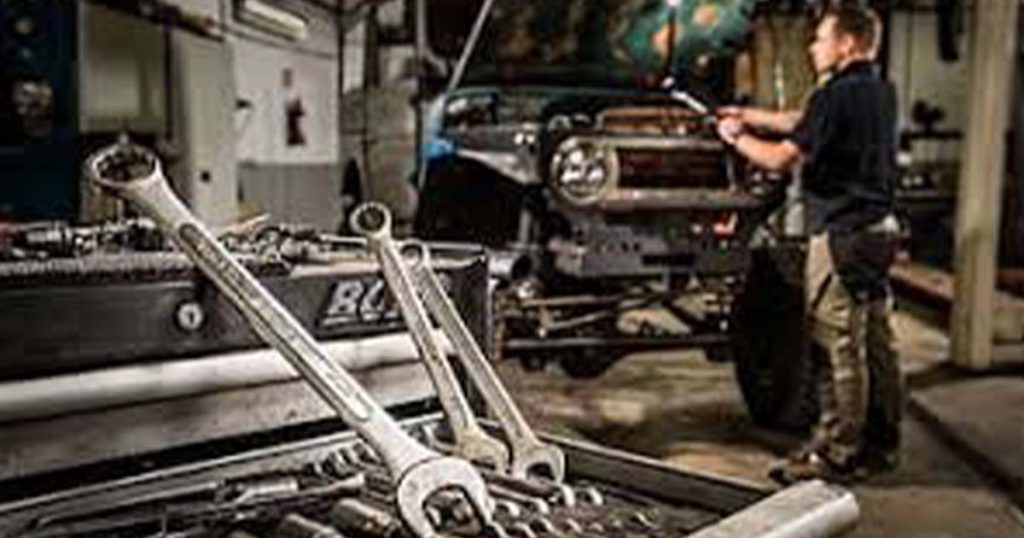
After you have given your car an extensive wash, your car’s paint can still contain minute impurities like industrial debris, tar, and iron particles.
These impurities gradually create a rough surface, reduce the shine of the paint, and hasten the oxidation process. A complete decontamination process prevents the surface from even, defect-free contact for a healthy bond with the clear coat.
Clay barring — A detailing clay bar removes embedded dirt, overspray, and other stubborn contaminants from the surface of the paint to restore smoothness. Using a clay bar lubricant (which is often included in the kit) on the surface as you go will help to keep everything lubricated and reduce scratching as you go along.
Iron Removers: These chemical solutions break down iron particles bound to the paint that can cause unsightly rust spots. This is useful for cars with brake dust or near environments full of industrial pollution.
The level of decontamination is as follows: A paint decontamination should be performed every 3-6 months to have a clean surface. Routine decontamination allows your waxes, sealants, or ceramic coatings to bond appropriately for maximum protection.
The Importance of Polishing and Paint Correction
Polishing is a necessary process to perform on the surface of your car if swirl marks, oxidation, or fine scratches have appeared over the years. It aids in bringing back the depth, clarity, and brightness to the paint.
Improving Depth and Clarity – Polishing the clear coat removes microscopic imperfections, and while it restores the surface, it also restores gloss to the paint surface. This gives the car a better reflective, mirror-like depth.
Light polishes – These have been designed to remove light defects like haze and fine swirl marks. Compound polishes with coarser abrasives smooth away more extensive abrasions and revive the paint from heavy oxidation.
Professional vs. DIY – Despite being able to achieve some fantastic results via the automatic dual-action polishers available, professional paint correction using multi-stage polishing with special polishing techniques will achieve almost showroom-perfect paint. In case of more severe defects, they can use wet sanding and machine compounding to restore it to flawless.
Regular polishing will keep your car body healthy if you wash it and protect it adequately, ensuring a long life of paint with an enhanced appearance of the car body. car’s exterior in top condition, extending the life of the paint while enhancing its aesthetic appeal.
Protective Coatings for All Seasons
So, basically, a film applied over your vehicle’s paint helps prevent environmental contaminants and UV damage.
Wax: Warm, shiny finish but may only last a few months
Sealants: Provide longer-lasting protection (6-12 months) and higher durability against harsh elements.
Signed up with ceramic coverings: Create a challenging and also hydrophobic layer that can last for multiple years, making them very appropriate for all-year-round safeguarding.
Preventing and Addressing Scratches
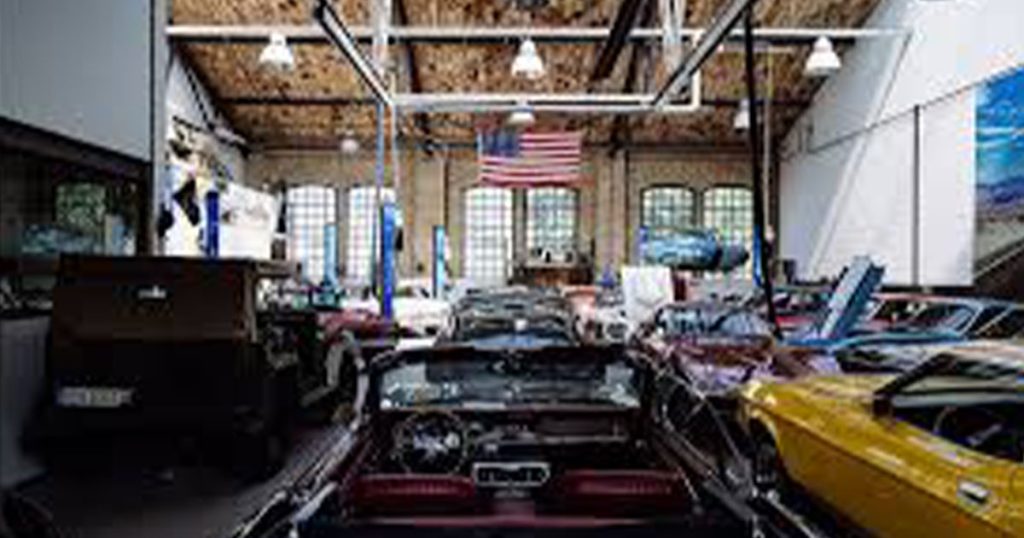
Minor scratches are unavoidable, no matter how careful you are. By dealing with them sooner, you prevent them from going from bad to worse. For shallow scratches, use a paint scratch remover compound. It can fill deeper scratches so the rust doesn’t set in. Steer clear of aggressive cleaning implements that can lead to swirl marks down the line.
Rust Prevention and Treatment
One of the silent car killers of exteriors, rust will make itself at home in out-of-site places before bursting onto the scene like the obnoxious guest that it is.
Rust-prone areas: Wheel wells, undercarriage, door edges, around chip paint.
Rust inhibitors: You can use any rust-inhibiting product and spray it in these areas to minimize the risk of the formation of rust.
Repair options: Light rust spots can be sanded and painted over, whilst severe rust will require the replacement of a whole panel.
Keeping Glass and Trim in Top Condition
More than any other aspect except for perhaps the glass and exterior trim, which do a great deal in addition. Prevent streaks and water spots with an automotive glass cleaner.
USE UV PROTECTION AND SPRAYS ON RUBBER AND PLASTIC TRIM: We have considered using a spray on the rubber and plastic trim, which prevents rust from forming; it usually helps to prevent fading and cracking. Polishing kits restore cloudy headlights and add functionality and additional beauty.
Undercarriage Maintenance for Longevity
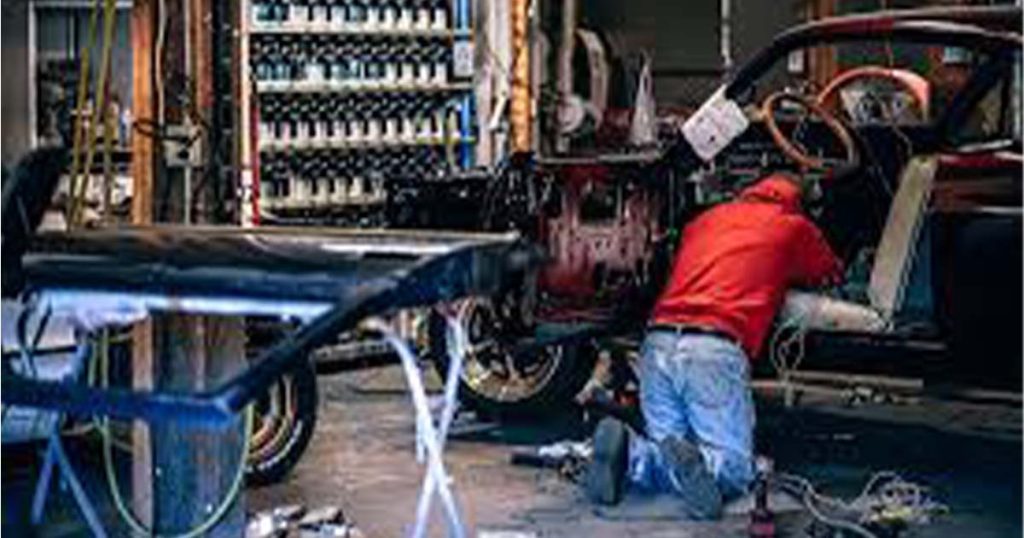
The undercarriage is one of the most overlooked components, as it gets the most exposure to dirt, salt and wetness. Common rinsing stops the salt build-up from winter.
Under-body sealant is used to protect the pension parts against rust in the long term to stay rust-free.
Interior-Exterior Connection: How Clean Interiors Help Exteriors
Interior cleanliness and exterior cleaning may not seem that closely related, but sometimes neglecting one ends up affecting the other.
Dirt transfer: Dust and soot from shoes can transfer to door panels and thresholds.
Retracting seatbelt impressions- Ding the seatbelt will retract with a measure of force and can cause fine scratches on the door pillar.
Cabin air filters: Getting them replaced on schedule is like preventing excess dust on the pearl.
Best Parking and Storage Practices
The way and the place you park can play a vital role in how good or bad condition your car stays.
Steer clear of trees when searching for parking — they come with tree sap, bird droppings and birds, and other debris that falls, too, by the way of things.
Park outdoors for extended periods? Use a car cover.
Garage: Moist air needs to escape, or it will cause rust as well.
Seasonal Inspection Checklist
Routine inspections are part of proactive vehicle body repair.
Protect Against the Elements: Look for Existing Paint Damage
Leading up to summer: Have all your UV protect ants in order, and re-wax if necessary.
Pre-spring and fall: a thorough wash and thorough decontamination of seasonal residue.
Common My About Car Body Maintenance
With that in mind, here are the common car care myths you really need to break free from. Here are some debunked myths:
Fact: Dish soap is safe when washing cars — It removes protective layers and dulls paint (1)
“Touchless carwashes do no harm.” – A lot of us use abrasive brushes that create swirl marks.
WAXING YOUR CAR PREVENTS SCRATCHES – You might say wax provides a protective surface, but it simply does not prevent deep scratches from forming.
Conclusion
Keeping your car in tip-top outside condition all year long takes a little attention and a little seasonal knowledge. Winter exposes it to corrosive road salt, while spring invites pollen and moisture, summer offers harsh UV rays, and fall gives way to debris.
When you think and take action proactively, then your car will be protected and look good all the time. Washing frequently, applying protective coatings, and treating minor imperfections quickly preserve your car’s paint and structure.
Decontamination polish and the application of wax every season help add protection to prevent such visual damage and degradation over the long term.
No, exterior maintenance is more than looks; it keeps your car off the side of the road in the long term, saving you money on costly repairs and providing a premium on resale value.
On vehicles, and if you want it up to its capacity through the season, it needs to be taken care of, and this also means a body that reflects responsible ownership. With the proper care right, it will look as fresh as a showroom for many years down the line.
